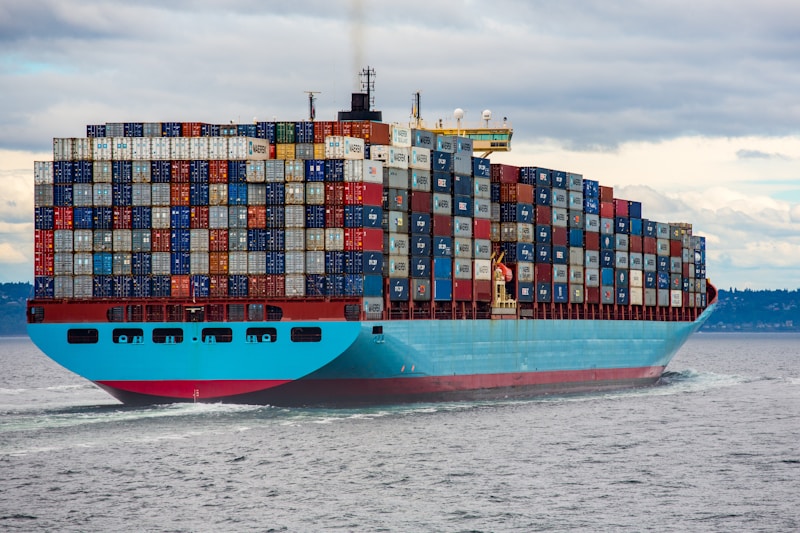Athul Santhosh
Technical Architect & DevOps Engineer
Published on December 20, 2024
Container Orchestration in Production: Lessons Learned
After years of managing containerized applications at scale, I've learned that production container orchestration is as much about operational excellence as it is about technical implementation. Here are the hard-won lessons from running containers in production environments.
The Production Reality Check
Moving from development to production containers reveals challenges that don't appear in local environments:
Lesson 1: Resource Management is Critical
▶Right-Sizing Containers
Properly sizing your containers prevents resource waste and performance issues:
CPU and Memory Limits: - Always set both requests and limits - Monitor actual usage patterns over time - Use vertical pod autoscaling for optimization
Storage Considerations: - Separate ephemeral from persistent storage - Use appropriate storage classes for your workloads - Monitor disk usage and implement cleanup policies
▶Horizontal Pod Autoscaling
Implement intelligent autoscaling based on real metrics: - CPU and memory utilization - Custom application metrics - Queue depth for background workers - Response time thresholds
Lesson 2: Monitoring is Non-Negotiable
▶Multi-Layer Monitoring
Production containers require monitoring at multiple levels:
Infrastructure Level: - Node health and resource utilization - Network performance and connectivity - Storage performance and capacity
Container Level: - Container restart patterns - Resource consumption trends - Application-specific metrics
Application Level: - Business metrics and KPIs - Error rates and response times - User experience indicators
▶Observability Stack
Implement comprehensive observability with: - Metrics: Prometheus + Grafana - Logging: ELK Stack or Loki - Tracing: Jaeger or Zipkin - Alerting: AlertManager with PagerDuty integration
Lesson 3: Networking Complexity
▶Service Mesh Benefits
Service mesh provides essential production features: - Automatic service discovery - Load balancing and traffic management - Security policies and mTLS - Observability and tracing
▶Network Policies
Implement microsegmentation for security: - Default deny network policies - Explicit allow rules for required communication - Regular security audits and testing
Lesson 4: Data Management Strategy
▶Persistent Storage
Design robust storage solutions: - Use StatefulSets for stateful applications - Implement backup and disaster recovery - Test storage failover scenarios - Monitor storage performance
▶Data Migration
Plan for data migrations and upgrades: - Blue-green deployments for databases - Database schema migrations - Data consistency validation - Rollback procedures
Lesson 5: Security in Production
▶Container Security Scanning
Implement comprehensive security scanning: - Image vulnerability scanning in CI/CD - Runtime security monitoring - Regular base image updates - Minimal base images (distroless when possible)
▶Runtime Security
Monitor and prevent runtime threats: - Process monitoring - Network anomaly detection - File system integrity monitoring - Behavioral analysis
Lesson 6: Operational Excellence
▶Incident Response
Develop robust incident response procedures: - Clear escalation paths - Runbooks for common scenarios - Post-incident reviews and improvements - Regular incident response drills
▶Deployment Strategies
Implement safe deployment practices: - Rolling updates with health checks - Canary deployments for risk mitigation - Feature flags for quick rollbacks - Automated testing in deployment pipeline
Real-World Implementation Insights
▶Performance Optimization
Key optimizations that made significant impact:
Container Startup Time: - Multi-stage builds to reduce image size - Init containers for dependency preparation - Optimized application startup sequences
Resource Efficiency: - JVM tuning for containerized environments - Connection pooling optimization - Caching strategies
▶Troubleshooting Common Issues
Container Crashes: - Memory pressure and OOM kills - Application deadlocks - Configuration errors
Networking Problems: - DNS resolution issues - Service discovery failures - Load balancer misconfigurations
Storage Issues: - Persistent volume mount failures - Storage class mismatches - Backup and restore problems
Tools and Technologies
▶Essential Tools for Production
Container Orchestration: - Kubernetes for complex workloads - Docker Swarm for simpler deployments - Nomad for specific use cases
Monitoring and Observability: - Prometheus for metrics collection - Grafana for visualization - Jaeger for distributed tracing
Security: - Falco for runtime security - OPA Gatekeeper for policy enforcement - Twistlock/Prisma for comprehensive security
Best Practices Summary
▶Container Design - Use minimal base images - Implement proper health checks - Design for immutability - Handle graceful shutdowns
▶Operational Practices - Implement comprehensive monitoring - Automate deployment processes - Regular security audits - Disaster recovery testing
▶Team Practices - Cross-functional ownership - Regular training and skill development - Documentation and knowledge sharing - Continuous improvement culture
Conclusion
Production container orchestration requires a holistic approach that goes beyond just running containers. Success depends on proper planning, robust monitoring, security-first thinking, and operational excellence.
The key lessons learned: - Invest in observability from day one - Security and resource management are ongoing concerns - Operational processes are as important as technical implementation - Team skills and practices matter as much as tools
Remember: containers are not magic. They require the same operational discipline as any production system, with additional considerations for orchestration, networking, and distributed system complexity.
Start with solid foundations, monitor everything, and continuously improve based on real production experience. Your future self will thank you for the investment in operational excellence.
Found this article helpful?
Share it with your network and help others learn these DevOps best practices.
